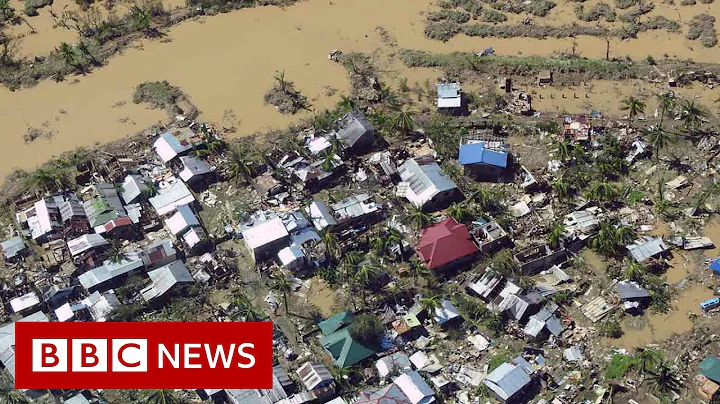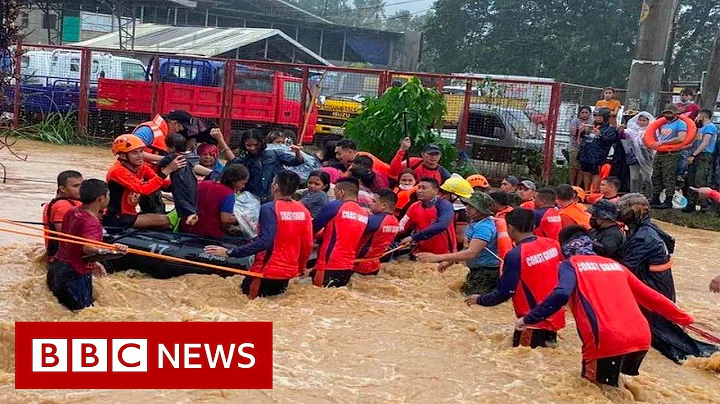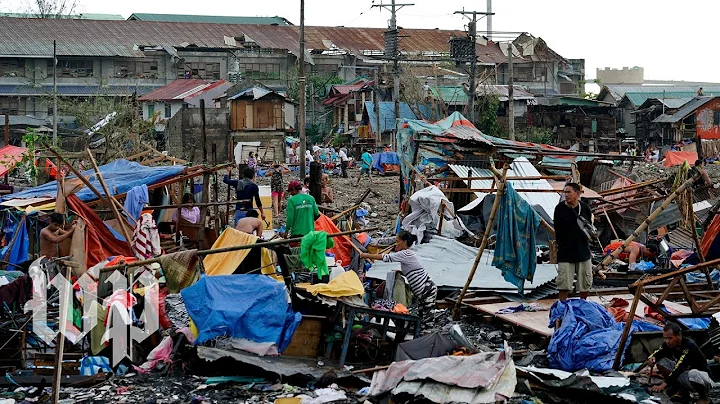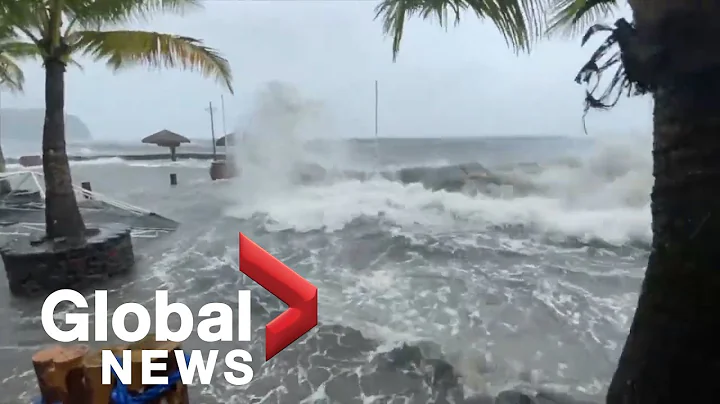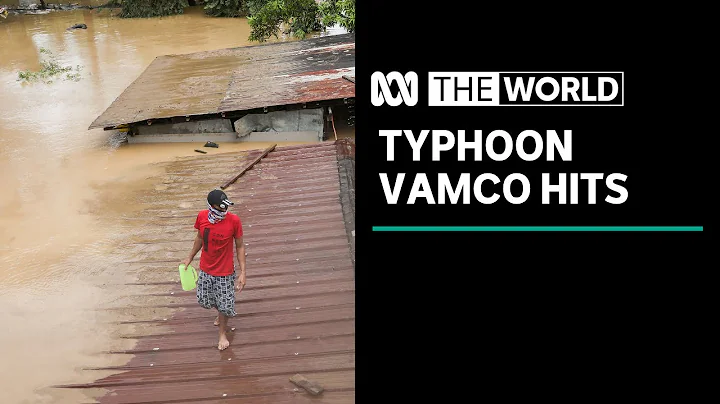html On December 16, Super Typhoon Rai landed in the Philippines and brought heavy rainfall to Southeast Asia. Affected by this, flooding occurred in Peninsular Malaysia and affected local port and factory operations. Dutch chip packaging equipment supplier BE Semiconductor (BESI) said that heavy rains affected its main production facility in Shah Alam, Malaysia, causing the suspension of assembly work of products worth approximately 25 million euros (approximately RMB 179 million).
On December 20, the Philippine police reported that Typhoon "Rey" had caused 208 deaths in the country. The number of people affected by this disaster exceeded 1.18 million, making it one of the strongest typhoons the Philippines has encountered this year.

(Source: Philippine Department of Information)
Tim Barr, spokesperson of the Philippine National Disaster Reduction Commission, said that according to statistics from the National Disaster Reduction Commission, "Rey" caused infrastructure losses of more than 200 million Philippine pesos, or about 28 million yuan. . Agricultural losses exceeded 100 million pesos, or approximately 14 million yuan.
"Rey" damaged the communication and power supply systems of at least 227 cities. Bagao and other provincial officials fear the province may run out of fuel due to high fuel demand due to the use of temporary generators. Once this happens, cold storage and other equipment used to store large quantities of COVID-19 vaccines will face power outages.
The Philippine semiconductor supply chain is once again under shadow
On December 15, Acting Presidential Spokesperson Nograles said that from December 16 to December 30, the Philippines’ national COVID-19 alert level will continue to be maintained at Level 2. According to the Philippine Department of Health, on December 20, the Philippine health department discovered the third case of infection with the Omicron strain.

(Source: International Online)
The COVID-19 epidemic has not yet been effectively controlled, and natural disasters continue to strike. In early July, the Taal Volcano, located about 60 kilometers south of Manila, the capital of the Philippines, experienced continuous small-scale steam eruptions, causing many surrounding residents to evacuate. On December 16, Typhoon Rey hit the Philippines hard again. This casts another shadow over the electronics industry chain.
In recent years, investment by foreign electronics manufacturers in the Philippines has increased rapidly. Major electronics manufacturers from Japan, Taiwan, the Netherlands, South Korea and the United States all have production facilities in the Philippines, and many of them have begun designing products locally or developing them into global export bases.
The Philippines is one of the world's major production bases for passive components. Major MLCC manufacturers Murata, Samsung Electro-Mechanics, and Taiyo Yuden all have factories in the Philippines. From the perspective of the global MLCC industry layout, Murata's current production capacity reaches 150 billion units/month. In addition to Japan, its production capacity is mainly in Wuxi, China (40%), the Philippines (15%), Thailand, etc. Samsung motor production capacity is 100 billion units/month. The production capacity is concentrated in Busan, South Korea (20%), Tianjin, China (40%), Philippines (40%) , of which the Philippines MLCC factory is in Laguna, and Yageo MLCC Production capacity is mainly concentrated in Suzhou, China (70%) and Taiwan, China.
There is a huge shortage of passive components in the first quarter of 2021 because these manufacturers' overseas factories are unable to start operations due to local blockades.
In addition to MLCC, many global semiconductor giants also have factories in the Philippines. According to Bozhong Technology, the specific distribution is as follows.
ON Semiconductor
ON Semiconductor has three packaging and testing factories in the Philippines, and each packaging and testing factory is responsible for basically different projects.
Affected by the second lockdown is the packaging and testing factory in Carmona. Its main work is the packaging of surface mount ICs, logic/analog device testing, and ASIC/ASSP testing;
The factory in Tarlac City Responsible for SSOP, TSSOP, HSOP, HSSOP, QIP, QFP, SDIP, HDIP, QFN type packaging;
The factory in Cebu is responsible for PQFN clips, PQFN lines, WLCSP, SOSM packaging, which is the original Fairchild factory.
Microchip
Microchip’s power devices are packaged and tested by two factories in the Philippines.
Both factories are within the scope of this lockdown. At the same time, Microchip issued an official message on July 7, saying that due to serious shortage of supply, the price of some models would be increased by more than 7%.
ADI
ADI has packaging and testing plants in Malaysia and the Philippines. The packaging and testing factory in Penang, Malaysia was acquired from Linear and is responsible for less production capacity. The Philippines packaging and testing factory is in Cavite (involving the second lockdown) and is the main packaging and testing center.
Nexperia
Nexperia has a packaging and testing plant in Dongguan, Seremban, Malaysia, and Cabuyo, the Philippines.
Dongguan packaging and testing factory is mainly responsible for the packaging of small-size ICs, with the highest production capacity; Malaysia's production capacity is about 10 billion (mainly diodes), and the Philippines' annual production capacity is 1 billion.
ST
ST has 6 packaging and testing factories, three of which are in Morocco. The rest are in Shenzhen, the Philippines, and Malaysia.
TI
TI has one packaging and testing plant in Chengdu, Taiwan, the Philippines, and Malaysia. The Philippine plant's production capacity accounts for 40% of TI's total output.
LittleFuse
LittleFuse has three factories (one under construction) in the Philippines. Mainly responsible for the assembly and testing operations of sensors, protection circuits, and power semiconductor modules.
Maxim
has two fabs in the United States and one packaging and testing factory in Thailand and the Philippines.
ROHM
ROHM has 17 factories around the world, including 2 in the Philippines.
ROHM's two factories in the Philippines are responsible for the manufacturing of ROHM's ICs, resistors, capacitors, and transistors. They are the main packaging production areas for single ICs.
Floods have caused Malaysian semiconductor manufacturers to suspend production
Not only is the disaster in the Philippines serious, the typhoon caused heavy rains in Peninsular Malaysia. The floods displaced tens of thousands of people, closed roads, and disrupted shipping. Zaini Ujang, secretary-general of the Malaysian Ministry of Environment and Water Resources, said that the heavy rains in two days from December 17 to 18 reached the usual rainfall in a month. By December 19, the rainfall gradually weakened and the floods began to recede.

(Source: Reference News)
The Malaysian authorities stated on December 18 that due to the impact of floods, the operations of Port Klang (PORT KLANG), Southeast Asia's second largest port, were severely disrupted. Due to the damage to the entrance road, many staff are unable to go to work, and cargo delivery and ship berthing will be delayed in the next few days.
Many factories in Malaysia have also been affected by floods. On December 20, Dutch chip packaging equipment supplier BE Semiconductor (BESI) said that due to flooding in Malaysia that affected its main local production facilities, the company lowered its fourth-quarter revenue forecast.
BE Semiconductor said that heavy rains affected its main production facility in Shah Alam, Malaysia, causing the suspension of assembly work of products worth approximately 25 million euros (approximately RMB 179 million).
"Preliminary one-time costs associated with the materials and labor required to repair or replicate those affected systems are estimated at between €4 million and €6 million and will be included in fourth-quarter earnings," the group said in a statement. .
BE Semiconductor said it expects the cost of repairing the affected construction and production-related equipment to be no more than 2 million euros. The company now expects fourth-quarter revenue to be around 15-20% lower than in the third quarter, compared with its previous forecast. down 5-15%.
But BESI said it expected the value of orders in the fourth quarter to be around 180-190 million euros, up from 157.3 million euros in the fourth quarter last year.
